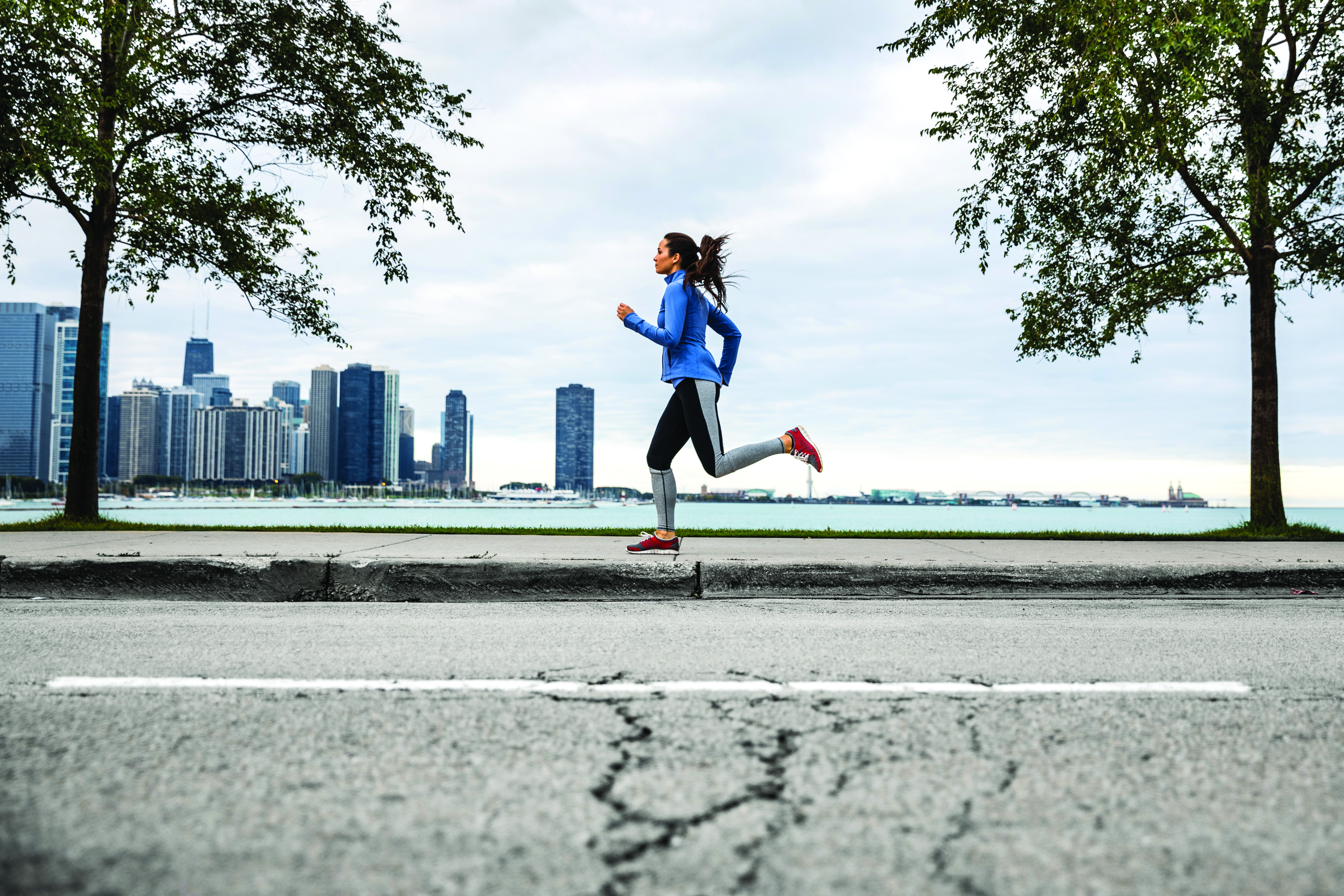This blog usually focuses on the most water-efficient, most sustainable, most stylish ways to deliver water to commercial restrooms. But because it’s almost summer, we decided to get our minds out of the building and into the heart of what summer’s all about: having fun.
Water isn’t just a key element of summer fun, whether it’s park district pools or lakeside getaways or splashing around in the backyard sprinkler. It’s also the most important factor in staying healthy while you enjoy all those activities.
But how do you know how much water you need?
We wondered the same thing ourselves, and that’s why we decided to create our Summer Activity Hydration Guide!
How Much Water Does Your Body Need?
There’s no easy answer to the question of how much water your body needs to be healthy throughout any given activity. After all, everybody’s body is different, and summer activities can range from reading a novel on the beach to hiking the Appalachian Trail.
But let’s start with a general recommendation from the National Academies of Sciences, Engineering, and Medicine, who say adequate daily intake of all fluids is:
- Men: 3.7 liters (0.98 gallons) of fluids
- Women: 2.7 liters (0.71 gallons) of fluids
Since food provides about 20% of daily fluid intake, the amount of water you need to drink is:
- Men: 3.0 liters (0.79 gallons)
- Women: 2.2 liters (0.58 gallons)*
*For pregnant women, the Office on Women’s Health recommends 2.4 liters (0.63 gallons) daily, and for women who are breastfeeding, 3.1 liters (0.82 gallons) daily.
Of course, those are average levels for healthy, average-sized adults doing nothing more strenuous than grilling burgers. Exercise raises your water needs significantly.
Calculating Ideal Hydration During Exercise
If everyone were average in every way, it would be easy to say how much water it takes to stay hydrated during a certain activity. In reality, however, multiple variables come into play—so if you want a highly accurate hydration calculation, you really need a calculator.
We like the calculator from CamelBak, the company that makes water bottles and reservoir backpacks. It considers obvious factors such as gender, age and weight, but also how much you tend to sweat and—not even kidding—the current color of your urine. Then you pick an activity with duration and intensity levels, fine-tune for weather, and the calculator tells you how much water you need for top performance.
Here are some examples (assuming a sunny, 80-degree day):
- Male, 5′10″, 170 lbs., 40 years old, moderate sweater. Hiking for one hour at medium intensity requires 1.1 liters (0.29 gallons).
- Female, 5′3″, 125 lbs., 30 years old, moderate sweater. Running for 30 minutes at high intensity requires 0.6 liters (0.16 gallons).
- Male, 6′2″, 220 lbs., 55 years old, heavy sweater. Biking for 45 minutes at low intensity requires 0.8 liters (0.21 gallons).
- Female, 5′8″, 165 lbs., 50 years old, light sweater. Biking for 45 minutes at medium intensity requires 0.8 liters (0.21 gallons).
Sports drinks with carbohydrates and electrolytes are essential if you’re exercising over extended periods or in extremely hot weather—e.g., a July basketball tournament or a September walkathon. Otherwise, plain water is just fine.
Serious athletes often weigh themselves before and after a workout and drink 1.5 liters for every kilogram they lose (or 0.39 gallons per pound). For most people, though, it’s best to drink throughout your activity. Don’t wait until you’re thirsty!
What About Kids?
Pound for pound, kids need more water than adults:
- Girls and boys, ages 4–8: 1.6 liters (0.42 gallons)
- Girls, ages 9–13: 2.1 liters (0.55 gallons)
- Boys, ages 9-13: 2.4 liters (0.63 gallons)
- Girls, ages 14–18: 2.4 liters (0.63 gallons)
- Boys, ages 14–18: 3.3 liters (0.87 gallons)
Once again, these are average recommendations, with actual water needs varying by size and exercise level. So, if you have kids, make sure they drink before, during and after any kind of summer exercise.
When you think about how important water is to your kids’ health—not to mention your own—you can see why we do everything we can to improve global water sustainability. Drink up, and enjoy your summer!
Sloan has helped architects, designers, engineers and building owners save billions of gallons of water. Want to know more? Talk to Sloan!
Stay Up to Date
Sign up for the Sloan blog to receive information on the latest trends in commercial building, technology advancements and product updates. It's the leading source of industry news for architects, designers, engineers and contractors.
